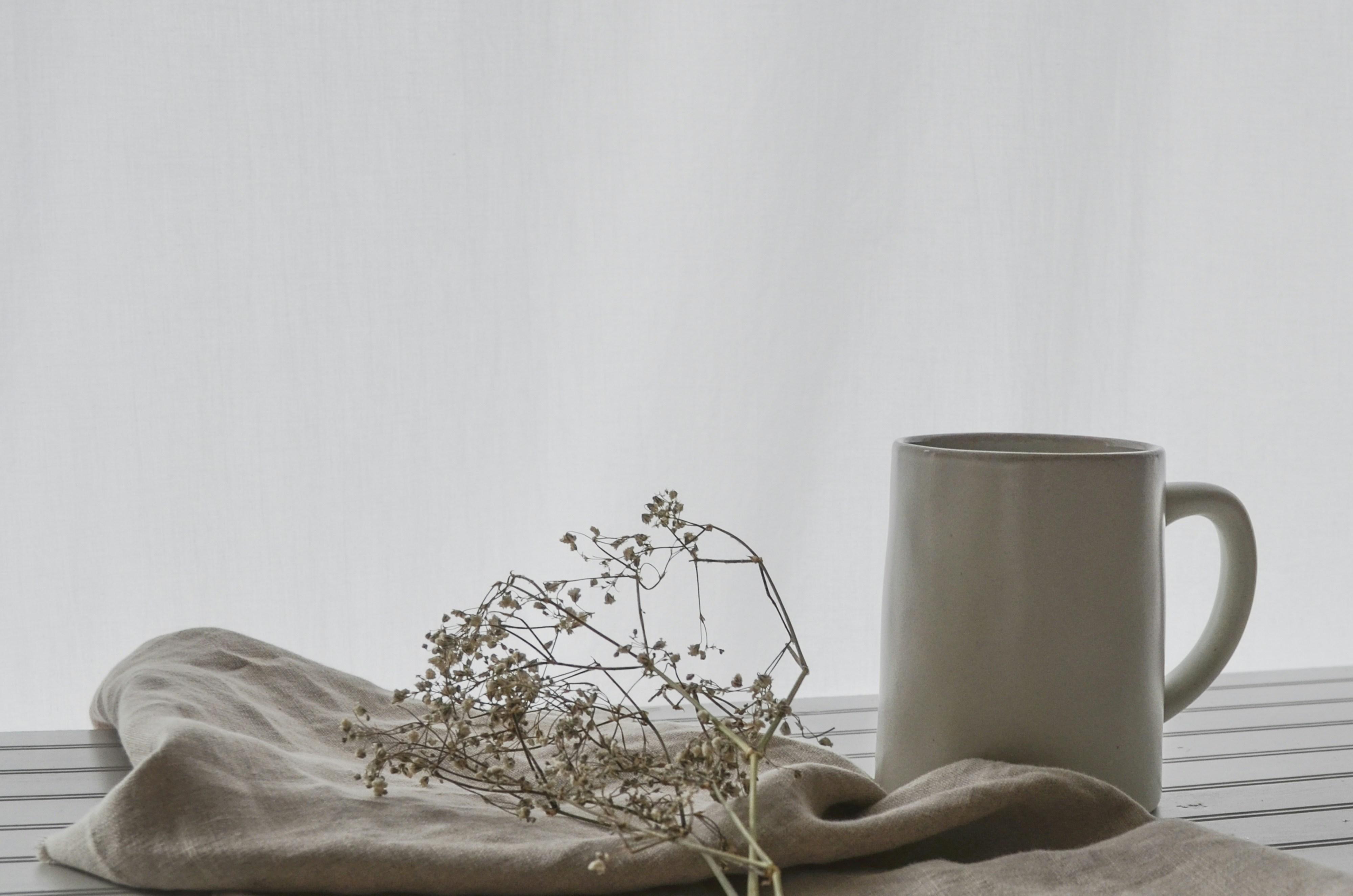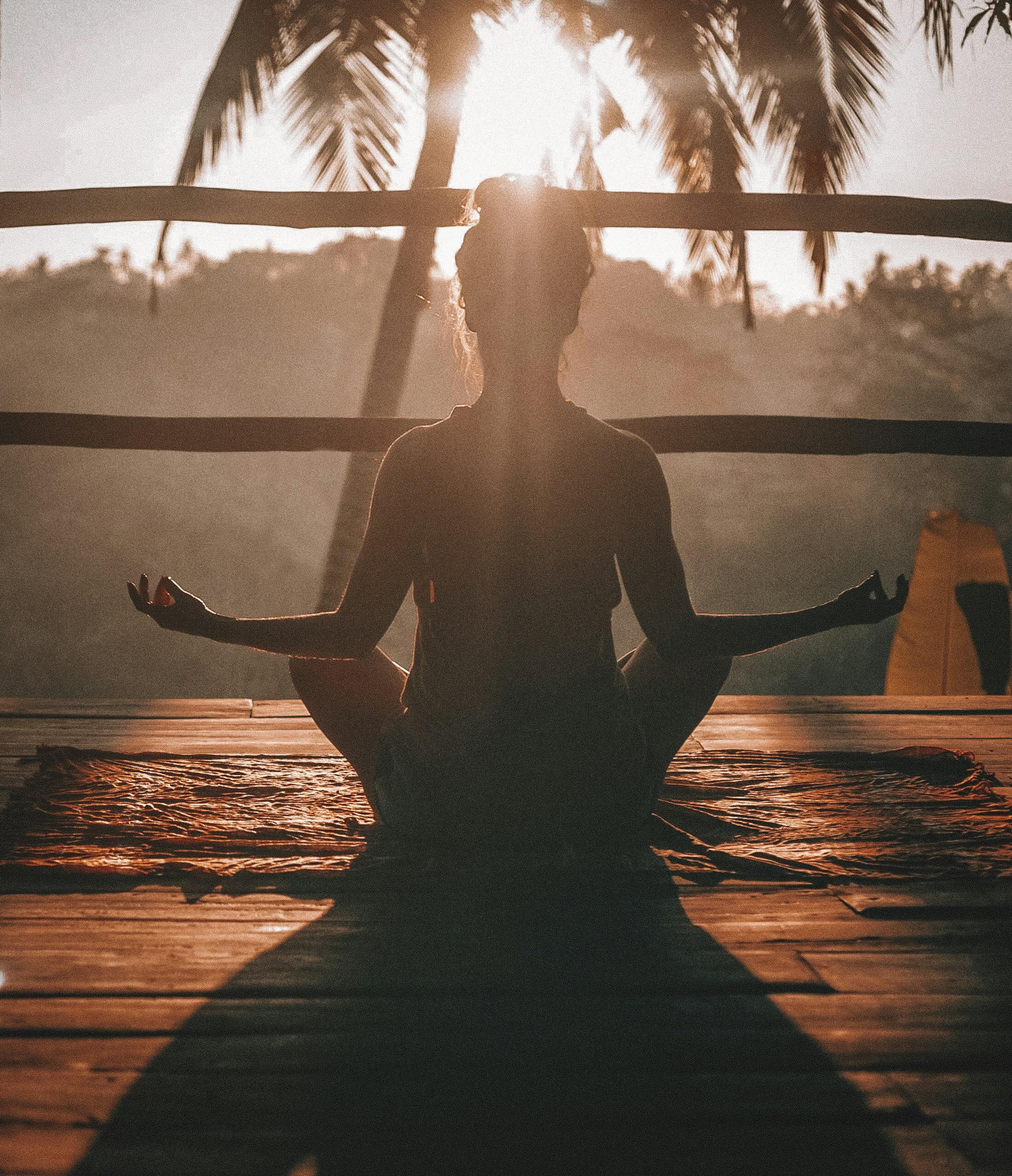In the whirlwind of modern life, where the pace never seems to slow and the noise never quite fades, finding a moment of peace can feel like searching for a needle in a haystack. Yet, within each of us lies a quiet sanctuary, waiting to be discovered through the transformative practice of meditation. Whether you’re a seasoned practitioner or a curious newcomer, meditation offers a pathway to unwind from the day’s chaos and recharge your spirit. In this article, we delve into an array of meditation tips designed to guide you gently back to your center, helping you cultivate tranquility amidst the clamor and clarity within the confusion. Embrace the journey inward and unlock the potential for profound relaxation and rejuvenation, one mindful breath at a time.
Creating a Serene Space for Mindful Moments
Transforming your environment into a sanctuary for mindfulness can significantly enhance your meditation practice. Start by choosing a spot in your home that feels naturally calming. Consider soft lighting and natural elements like plants or stones to bring a sense of earthiness to the space. Adding a comfortable cushion or mat can also help you maintain a relaxed posture during your sessions. Remember, simplicity is key; a clutter-free environment can lead to a clutter-free mind.
- Soundscapes: Incorporate gentle sounds, such as a babbling brook or soft chimes, to foster a tranquil atmosphere.
- Aromatherapy: Utilize essential oils like lavender or eucalyptus to create a soothing scent that promotes relaxation.
- Visual Aids: Use soft colors and natural imagery to help focus your mind and reduce distractions.

Breathing Techniques to Enhance Relaxation
Unlock the power of your breath to tap into deeper relaxation and tranquility. With just a few mindful techniques, you can transform the way you unwind and recharge. One of the simplest yet most effective methods is diaphragmatic breathing. Begin by sitting or lying down comfortably, placing one hand on your chest and the other on your abdomen. Inhale deeply through your nose, allowing your diaphragm—not your chest—to rise and fall. This practice not only reduces stress but also promotes a profound sense of calm.
- 4-7-8 Breathing: Inhale quietly through your nose for a count of four. Hold your breath for seven counts, and then exhale completely through your mouth for a count of eight. This technique can help soothe the nervous system.
- Box Breathing: Also known as square breathing, this technique involves inhaling for four counts, holding the breath for four, exhaling for four, and pausing again for four. Repeat the cycle to cultivate a meditative rhythm.
- Alternate Nostril Breathing: With a focus on balancing energy, this practice involves closing one nostril while inhaling through the other, then switching nostrils on the exhale. It’s a great way to harmonize the mind and body.
Guided Imagery: Visualizing Your Path to Calm
In the serene practice of guided imagery, your mind becomes a canvas where you can paint the landscape of tranquility. This meditative technique involves creating vivid mental images that transport you to a place of peace and relaxation. As you close your eyes, imagine walking through a lush forest, the soft crunch of leaves beneath your feet, or perhaps sitting by a tranquil beach, the gentle waves whispering secrets to the shore. Such vivid visualization not only calms the mind but also engages the senses, offering a full-bodied escape from daily stresses.
To effectively practice guided imagery, consider these simple steps:
- Find a quiet space where you can sit or lie down comfortably.
- Close your eyes and take deep, slow breaths, allowing tension to melt away.
- Visualize a peaceful scene, focusing on the details—colors, sounds, and sensations.
- Engage all your senses to make the experience as vivid as possible.
- Stay in this mental haven for as long as you need, letting it rejuvenate your spirit.

Incorporating Meditation into Your Daily Routine
Finding the right moments to integrate meditation into your day can transform the way you experience life. Begin by identifying the natural pauses in your schedule. Morning routines, for instance, are a perfect opportunity. As you sip your coffee or tea, take a few minutes to close your eyes and focus on your breath. Lunchtime breaks are another chance; even a short five-minute session can help refocus your mind. If you’re someone who struggles to wind down at night, try a gentle meditation before bed to help ease you into a restful sleep.
- Set aside a quiet space in your home as your personal meditation sanctuary.
- Experiment with different styles, such as mindfulness, guided, or transcendental meditation, to find what resonates with you.
- Use apps or online resources to keep your practice fresh and engaging.
- Incorporate simple breathing exercises while waiting in line or commuting.
- Stay consistent by setting a regular time each day for your practice.
Remember, the key is to be patient and kind to yourself. Meditation is a personal journey that unfolds over time, offering peace and clarity in the midst of daily chaos.
In Conclusion
As we draw our mindful journey to a close, let us remember that the art of meditation is a personal voyage, unique to each traveler. Whether you are just setting sail or are a seasoned navigator of the inner seas, these tips are your compass, guiding you toward tranquility and rejuvenation. Embrace the stillness, cherish the silence, and allow the gentle waves of meditation to wash over you, cleansing the clutter of the day. In this sacred space, may you find the serenity and strength to face each moment with grace. As you step back into the world, carry this peace with you, a reminder that the power to unwind and recharge lies within. Until we meet again in this shared space of calm, may your path be ever serene and your spirit ever light.
